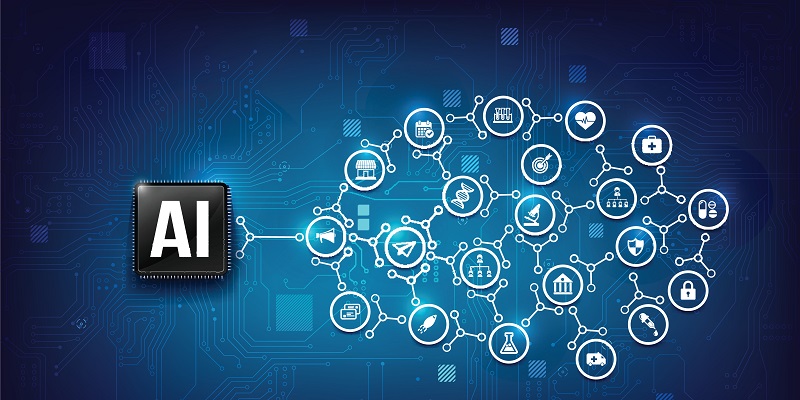As the use of artificial intelligence (AI) becomes more prevalent in various industries, including the workplace, it is essential to consider the potential risks associated with using this technology. One of the primary risks is discrimination, which can occur for a variety of reasons. In this article, we will explore the different factors that can contribute to discrimination in AI-based decision-making in the workplace, as well as some real-life examples that highlight these risks.
Potential Discrimination Risks in Using AI
There are several possible reasons why bias and unlawful discrimination can occur when using AI. One of these factors is the quality and quantity of data used in the development of algorithms. If the data used is biased or incomplete, it could lead to discriminatory outcomes. Additionally, the algorithms themselves might contain mathematical biases, such as over-reliance on certain factors or underestimation of others, which could lead to unfair treatment.
One noteworthy example of the potential dangers of using AI in hiring processes is the case of a CV screening tool that identified being named Jared and playing lacrosse in high school as the two most significant predictors of job performance. This erroneous approach illustrates how even unbiased data can be distilled into unusable, discriminatory outcomes.
Uber Drivers Claim Algorithmic Racism
In 2018, Uber drivers claimed that they were locked out of the ride-sharing app by an algorithm that was biased against non-white individuals. Despite Uber claiming that the algorithm was race-neutral, it was found to discriminate against those who did not have their face fully visible in the photo, with darker-skinned features receiving lower ratings.
Potential Discrimination Against Disadvantaged Employees
Another significant concern about AI-based decision-making in the workplace is that it can negatively affect disadvantaged employees. These employees may argue that algorithm-based decisions directly or indirectly harm them, leading to discrimination. Specific outcomes that disadvantage particular groups could be interpreted as discriminatory.
Employers Needing to Prove Non-Discrimination or Justified Indirect Discrimination
Suppose an employer uses AI in decision-making, and the outcome could be accused of indirect discrimination. In that case, it is imperative that the parties show that the decision was not discriminatory or that the indirect discriminatory impact of the algorithm is objectively justified. However, the employer might not understand how an algorithm works or have access to the source code, leading to a significant challenge in proving their case.
Difficulty in Understanding Algorithm Workings for Employers
Another issue for employers is that they might not fully understand how algorithms work, or they might not have access to the source code. Given that, it might be challenging for employers to prove that they have not discriminated or that any indirect impact of a decision algorithm is justified. This outcome further emphasizes the importance of algorithmic fairness, transparency, and collaboration, rather than purely maximizing algorithmic accuracy at all times.
Suggestion to Seek Indemnities from Third-Party Algorithm Developers
When using AI in the workplace, employers can potentially protect themselves by seeking indemnities from the companies that develop the algorithm. This way, employers can avoid the financial burden of defending themselves against possible discrimination allegations.
Uncertainty regarding court handling of algorithmic discrimination cases remains high, as AI and algorithms are still relatively new. Therefore, it is crucial for organizations to stay up-to-date with recent court rulings related to AI-based discrimination and have a plan in place for handling these types of cases in the future.
As the workplace’s use of AI continues to grow rapidly, it is only a matter of time before the courts are tested with cases involving AI-based discrimination. With the many possible factors that can contribute to discriminatory outcomes, it is crucial for employers to remain vigilant and take proactive measures to minimize the risk of such outcomes. As AI continues to evolve and transform every industry, it is up to us to ensure that fairness and equality remain fundamental principles in decision-making processes.

